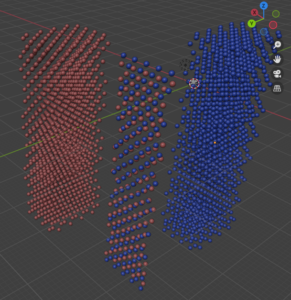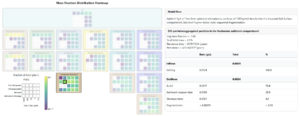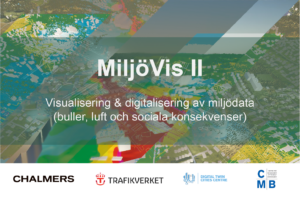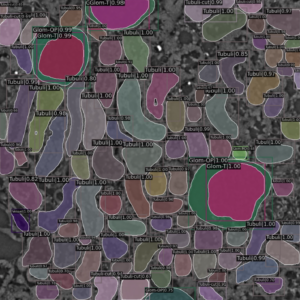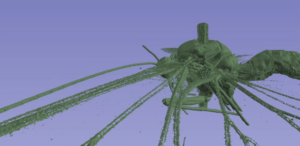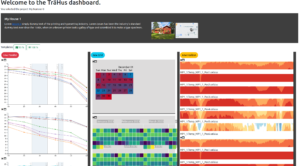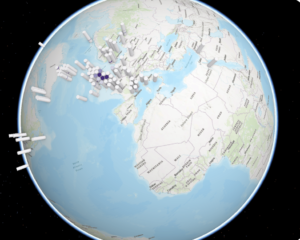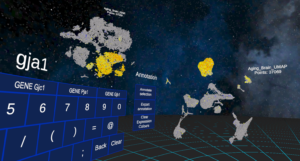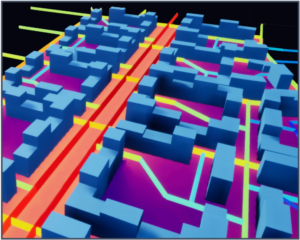Visualization of incommensurately modulated structures on example of allotropes of bromine at high pressures
This project developed a specialized 3D visualization tool to explore how halogen crystal structures transform under extreme pressure, particularly focusing on incommensurately modulated structures that emerge during molecular dissociation. By enabling interactive visualization of complex atomic configurations and transitions, the tool helps researchers interpret structural phase changes that are otherwise difficult to analyze using conventional crystallographic methods.

